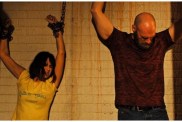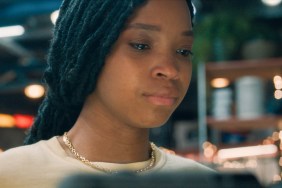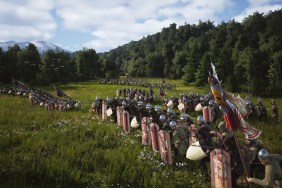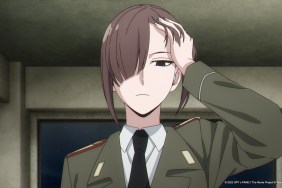Director: Story more potent today

Before heading south for the Amazon to snare Universal’s Creature from the Black Lagoon remake, director Breck Eisner is flying north to Winnipeg, Canada to helm Rogue Pictures’ The Crazies. It’s a re-telling of George Romero’s acerbic 1973 film which featured one mean unibrow on leading man W.G. McMillan and a small Pennsylvania town on military lockdown after a bio-weapon infects the populace and makes everyone Coo-Coo for Cocoa Puffs.
Crazies, then, was a response to war-torn times, frothing with political distrust and sweating paranoia. Eisner feels the story still resonates today, moreso now than perhaps back in the early-’70s. “Obviously Romero’s version had an anti-war bent to it in the aftermath of Korea and Vietnam, we’re clearly in a similar situation now,” the director explains to ShockTillYouDrop.com. When he begins principal photography this summer he’ll be working from a script by Ray Wright. “It’s the same story, we have all of these weapons from the Cold War that are in stockpiles that have to be destroyed as our environment is obviously being damaged as we go. Romero is definitely involved, but he’s not involved on a day-to-day basis. He’s a producer on the movie and knows what we’re doing with it, we contact him all the time and we’re faithful to the original although it has room to be updated.”
One deviation from the original, says Eisner, is the perspective from which the story is told. Where Romero followed two firefighters (McMillan and Harold Wayne Jones as David and Clank, respectively) attempting to breach the military quarantine, Eisner is shifting focus to a different public official for his take: A sheriff. “And the military is there – it’s a presence – but it’s in the shadows because they’re responsible [for the disaster]. Like any good horror movie, it’s a paradigm for what’s going on in the world so for us it’s the same themes and ideas. The military is a little less heavy-handed [in our film], but more dangerous. In the finale, their means for containing [the outbreak] are pretty extreme – I won’t say what they are but it’s at all costs.”
“In a way the military exists on two levels,” he adds. “As the machine you see – a column of tanks or a mass of soldiers – and then as the individual soldiers. I think the individual soldier is different than the mass and I want to explore seeing the mass of military and then what the individual soldier might look like who is not at all responsible for the actions of the government.”
As for “the crazies” – infected individuals with no self control, “They are definitely crazy, they are out there,” Eisner assures us. “They’re not zombies, the biggest challenge is to make it clear it’s not a zombie movie. What’s great about the original is that they all don’t have a coherent cohesive action, everybody acts different. There’s a kid, in our version, who just stands there punching a wall, punching his fists into a bloody pulp. It unlocks their deepest psychosis – some of it is violent, some of it is sexual, some of its self-inflicted violence. For me, the scariest movie for me as a kid was John Carpenter’s The Thing and the idea was not knowing who to trust, the guy you’re stuck with. It’s a similar concept here – can you trust your wife, can you trust your mother, your brother? That’s a good deep-seated fear for a horror movie.”

Source: Ryan Rotten









